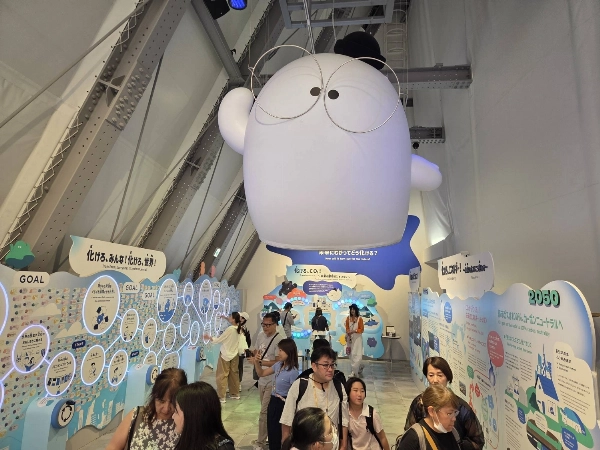A Japanese court has ordered the Tokyo Metropolitan Government to conduct an investigation to identify the birth parents of a man who, as a newborn, was mixed up at a hospital nearly 70 years ago, offering him a glimmer of hope of shedding light on the decadeslong mystery.
The Tokyo District Court on Monday instructed the Tokyo government to determine the birth parents of Satoshi Egura, 67, based on family registers and other documents. However, the court rejected his claim for damages amounting to ¥16.5 million ($115,880).
“I am very grateful that the court has acknowledged what I was seeking,” Egura said in a news conference after the ruling. “My feelings for wanting to meet my birth parents have not changed. I hope the Tokyo government will conduct an investigation as soon as possible.”
The plaintiff’s legal team said it is the first ruling that orders the investigation of children who were mixed up upon birth due to a hospital's negligence.
Egura was born around April 10, 1958, at the now-defunct Sumida Maternity Hospital, which used to be operated by the metropolitan government until its closure in 1988. Unaware of the switch, the couple he was handed to raised him as their eldest son.
Growing up, the plaintiff was often told that he didn’t look like anyone in his family, including his younger brother. He had a strained relationship with his father and left home at the age of 14.
His suspicions grew when, in 1997, his mother’s blood test cast doubt on his being the offspring of the couple. In 2004, a DNA test confirmed that the couple who raised him are not his biological parents.
Believing that a mix-up at the hospital was the only possible explanation, Egura and his parents filed a lawsuit against the Tokyo Metropolitan Government that same year to seek damages.
The Tokyo District Court, when hearing the initial suit, acknowledged the mix-up but dismissed the claim for damages. However, the Tokyo High Court later ruled that the maternity hospital was liable for serious negligence and ordered the metropolitan government to pay Egura ¥20 million in compensation.
But despite the court ruling in favor of Egura, the Tokyo government repeatedly rejected his request to trace his birth parents on the grounds that too much time had passed and it no longer had the data.
In 2021, the plaintiff filed a second lawsuit against the Tokyo Metropolitan Government to seek a court order to compel it to investigate his origins. The Tokyo government argued that there was a risk of violating the privacy of the other family involved in the mix-up and that it had no duty to investigate.
Presiding Judge Naoya Hirai rejected the Tokyo Metropolitan Government’s arguments, saying that although individuals subject to the investigation may refuse to cooperate, there is also a possibility that some may wish to uncover the truth.
“While the right to know one’s origins is not codified under law in Japan, it can be considered a legal interest under Article 13 of the Constitution, which guarantees respect for the individual, ” he said in his ruling on Monday, adding that the hospital has an obligation to do its utmost given the gravity of the matter.
The judge then ordered the metropolitan government to trace the plaintiff’s birth parents based on family registry records and, once found, inquire if they are willing to take DNA tests.
The plaintiff’s legal team commended the judge’s wording in the ruling, which “strongly” urged the Tokyo government to investigate the identity of the plaintiff’s birth parents.
Egura’s mother is currently hospitalized due to dementia while his father died a decade ago. In a statement during the trial, his mother said that she wanted to meet her real child, even from a distance, if possible.






















With your current subscription plan you can comment on stories. However, before writing your first comment, please create a display name in the Profile section of your subscriber account page.